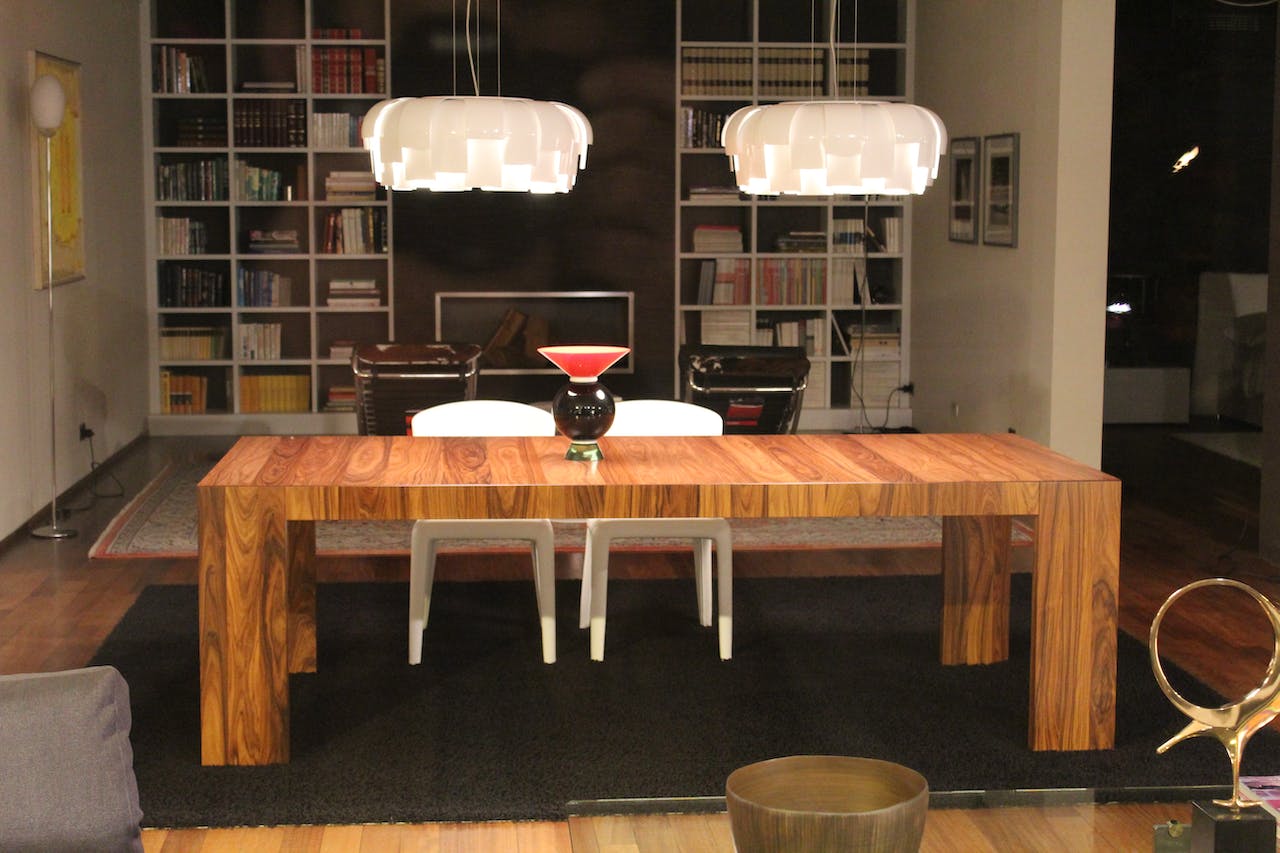Wood maintenance is important for wooden furniture. Wood furniture can add warmth, elegance, and a timeless charm to any space. But to maintain its beauty and longevity, it requires a bit of TLC. In this blog post, I’ll cover some essential tips on caring for your wooden furniture to ensure it lasts for generations.

1. Understanding the Wood Maintenance
Different types of wood require different wood maintenance. Hardwoods like oak, mahogany, and maple are more durable and can withstand heavier use, while softwoods like pine or cedar are more prone to scratches and dents. Identify the type of wood in your furniture to tailor your care routine accordingly.
Oak
Known for its strength and durability, oak furniture can benefit from regular dusting and occasional polishing with a furniture polish specifically formulated for wood.
Mahogany
This wood is prized for its rich color and durability. It requires gentle cleaning with a damp cloth and periodic conditioning to maintain its luster.
Maple
It’s a sturdy wood that can handle wear well. Routine dusting and occasional oiling or waxing can help preserve its appearance.
On the other hand, softwoods like pine or cedar are less dense and more susceptible to scratches and dents. Here’s how to care for them:
Pine
This wood is relatively soft and requires careful handling. Regular dusting and cleaning with a slightly damp cloth are essential. Protect it from direct sunlight to avoid discoloration.
Cedar
Known for its aromatic scent and natural resistance to insects, cedar needs gentle cleaning and occasional oiling to maintain its appearance and scent.
If you like to know more about the difference of hardwood and softwood, here’s a more in depth comparison.
2. Wood Maintenance Cleaning Basics
Regular cleaning is fundamental in wood maintenance. Dust and dirt accumulation can lead to scratches and a dull finish. Use a soft, lint-free cloth or a feather duster to gently remove dust. Microfiber cloths work wonders in trapping particles without scratching the surface.
3. Harsh Chemicals to Avoid in Wood Maintenance
Steer clear of harsh cleaners as they can damage the wood’s finish. Instead, opt for mild solutions. A mixture of mild dish soap and water can be an effective and safe cleaner. Remember to wring out excess water from the cloth or sponge, as excessive moisture can warp the wood. Here’s a safe guide you can visit for safe chemicals you can use on your wood maintenance routine.
4. Wood Maintenance: Polishing for Shine
Periodic polishing keeps wooden furniture looking its best. Choose a high-quality furniture polish specifically designed for wood. Apply it sparingly using a soft cloth, following the wood grain. Over-polishing can leave a residue, so a little goes a long way.
5. Protect from Sunlight and Moisture
For wood maintenance, it is important to note that direct sunlight can fade and dry out wood, leading to cracks or warping. Position your wooden furniture away from direct sunlight or use curtains/blinds to shield it. Similarly, excess moisture can cause swelling or mold growth. Use coasters, placemats, or tablecloths to protect surfaces from spills or condensation.
6. Temperature and Humidity Control
Wooden furniture is sensitive to fluctuations in temperature and humidity. Extreme conditions can cause the wood to expand or contract, leading to cracks. Aim for a consistent environment by using humidifiers or dehumidifiers as needed, especially in climates with drastic seasonal changes.
7. Wood Maintenance: Handle with Care
Prevent scratches and dents by using coasters under glasses, mats under decorative items, and felt pads under heavy objects. Lift furniture when moving it to avoid dragging, which can damage legs and joints.
Using Coasters:
Coasters act as a barrier between your glasses and the surface of your furniture. They prevent moisture rings and potential scratches caused by the glass being placed directly on the surface. This is particularly important for wooden or delicate surfaces that can be easily damaged by moisture or abrasion.
Mats for Decorative Items:
Decorative items like vases, sculptures, or centerpieces can have rough or abrasive bases that might scratch surfaces. Placing mats or felt pads underneath these items not only protects the furniture but also provides stability and prevents any accidental sliding or movement.
Felt Pads under Heavy Objects:
Heavy objects, such as furniture, can cause significant damage if dragged across surfaces. Felt pads or furniture sliders placed under these heavy items act as a cushion and reduce friction. This makes it easier to move them without scratching or denting the floors.
Lifting Furniture:
When moving furniture, it’s advisable to lift it instead of dragging it across the floor. Dragging furniture can damage the legs and joints, especially on wooden or delicate flooring surfaces. Lifting distributes the weight more evenly and prevents unnecessary stress on the furniture and the floor.
By implementing these precautions, you not only maintain the aesthetics of your furniture and surfaces but also prolong their lifespan, saving you from potential repair or replacement costs in the future.
8. Regular Inspections
Periodically inspect your wooden furniture for any signs of damage or wear. Address issues promptly to prevent further deterioration. Tighten loose screws, fix scratches, and reapply finish if necessary.
9. Professional Maintenance
For valuable or antique wooden pieces, consider professional maintenance. Restorers or furniture experts can provide specialized care, refinishing, or repairs to maintain the furniture’s integrity.
Conclusion
Caring for wooden furniture is an investment in its longevity and aesthetic appeal. With proper maintenance, your wooden pieces can become cherished heirlooms, retaining their beauty and charm for years to come. Remember, a little attention and care can go a long way in preserving the allure of wooden furniture.wood